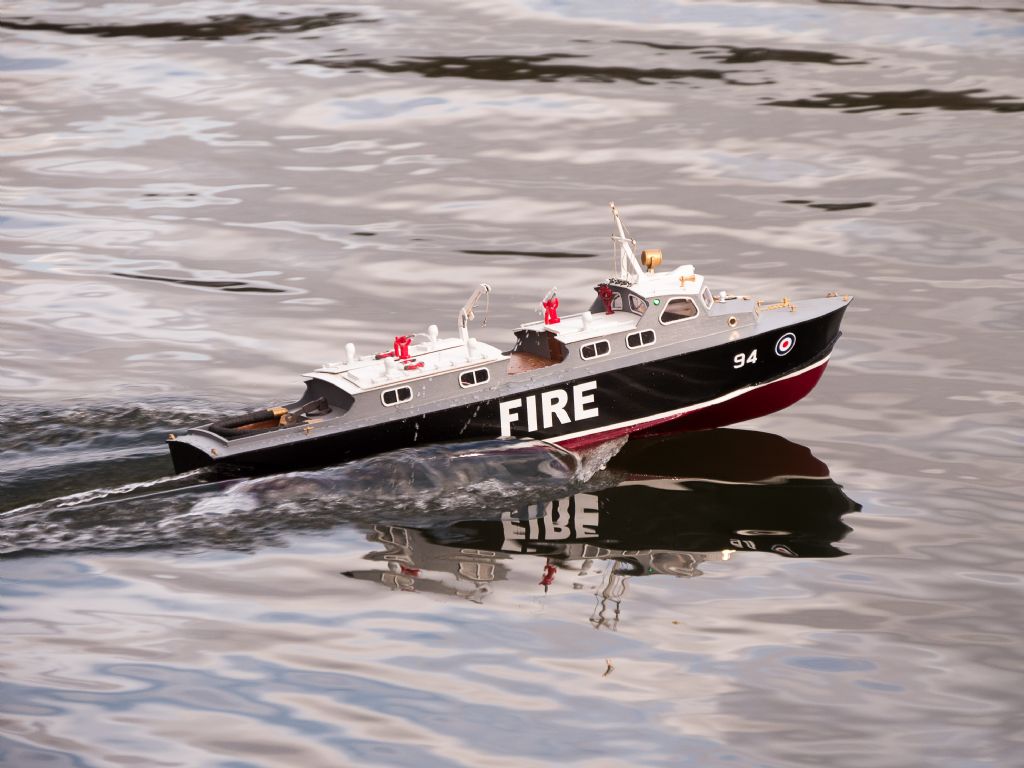Jeremy. We will not agree on this either.
PERSONALLY I would use nylon, or plastic milk-bottle washers or as Kimmo uses , Teflon rings, and nip them up so there is absolutely no play at all. The water takes care of the lube at the bottom and a drip of oil takes care at the top.
Other than that, I am not sure why they dont simply make the bushes, whether bronze or Nylon, much longer, say twice as long, to assist in the sealing of the shaft..
Leaking up the rudder post may indeed be an issue, as this area in in a high water pressure region due to the water being pumped off your (obviously) well thrashed prop. Look at the stream of water it is possible to get off a water scoop in this area.
OR just use a bit of water management to keep the suff in one place to be easily sucked out…
Re the flag on first picture. I have taken to painting my own white ensigns or whatever now, and making them a sort of "streaming in the wind" shape, as I realised that although these printed flags are very nice, they do look a bit lifeless, even when artfully crinkled up a bit. It is not as tricky as it sounds, and I have managed some quite acceptable flags by doing this. They dont have to be super accurate as the flag shape is distorted (by the wind ) to start with. Just a thought.
Ashley


.jpg)



